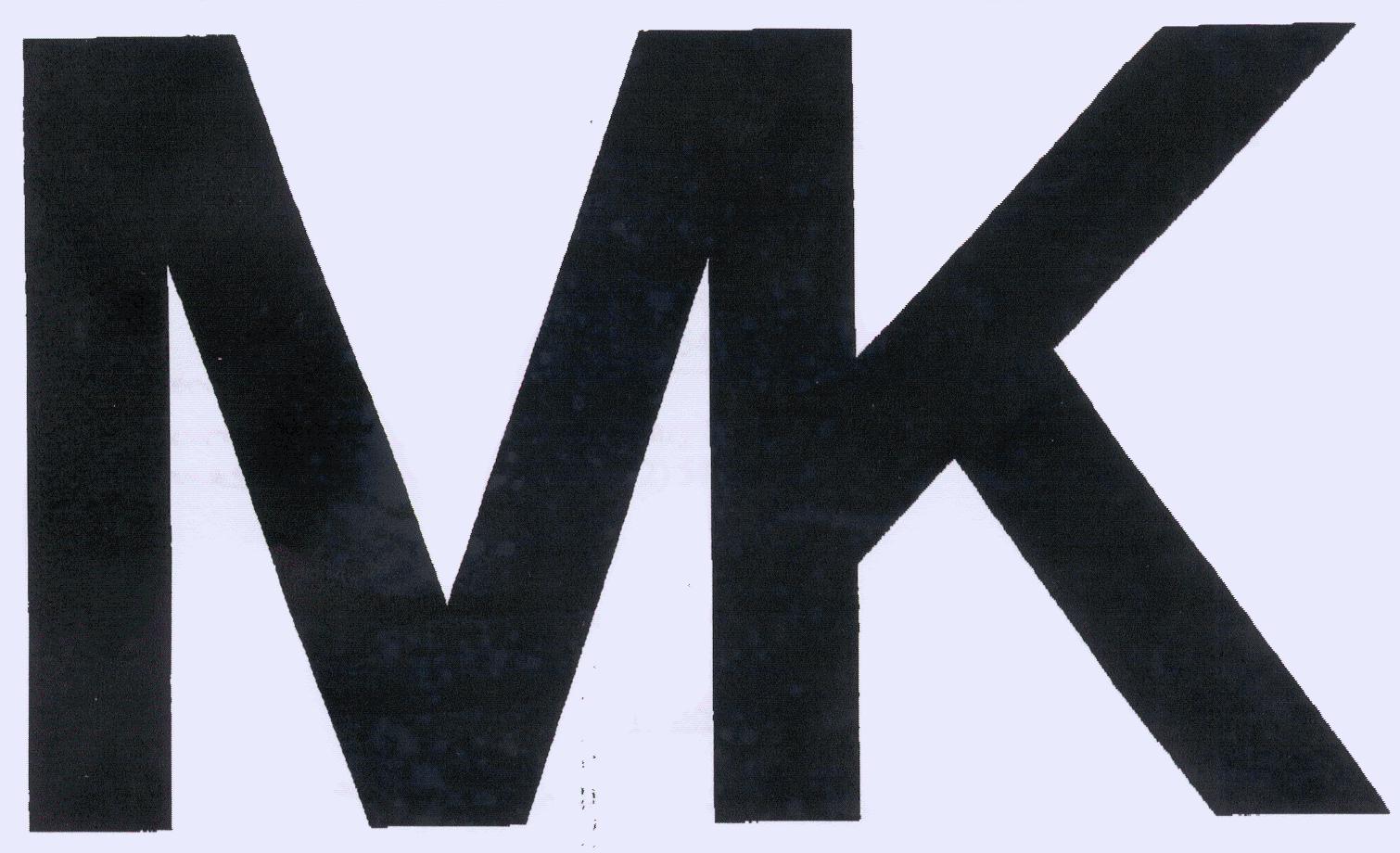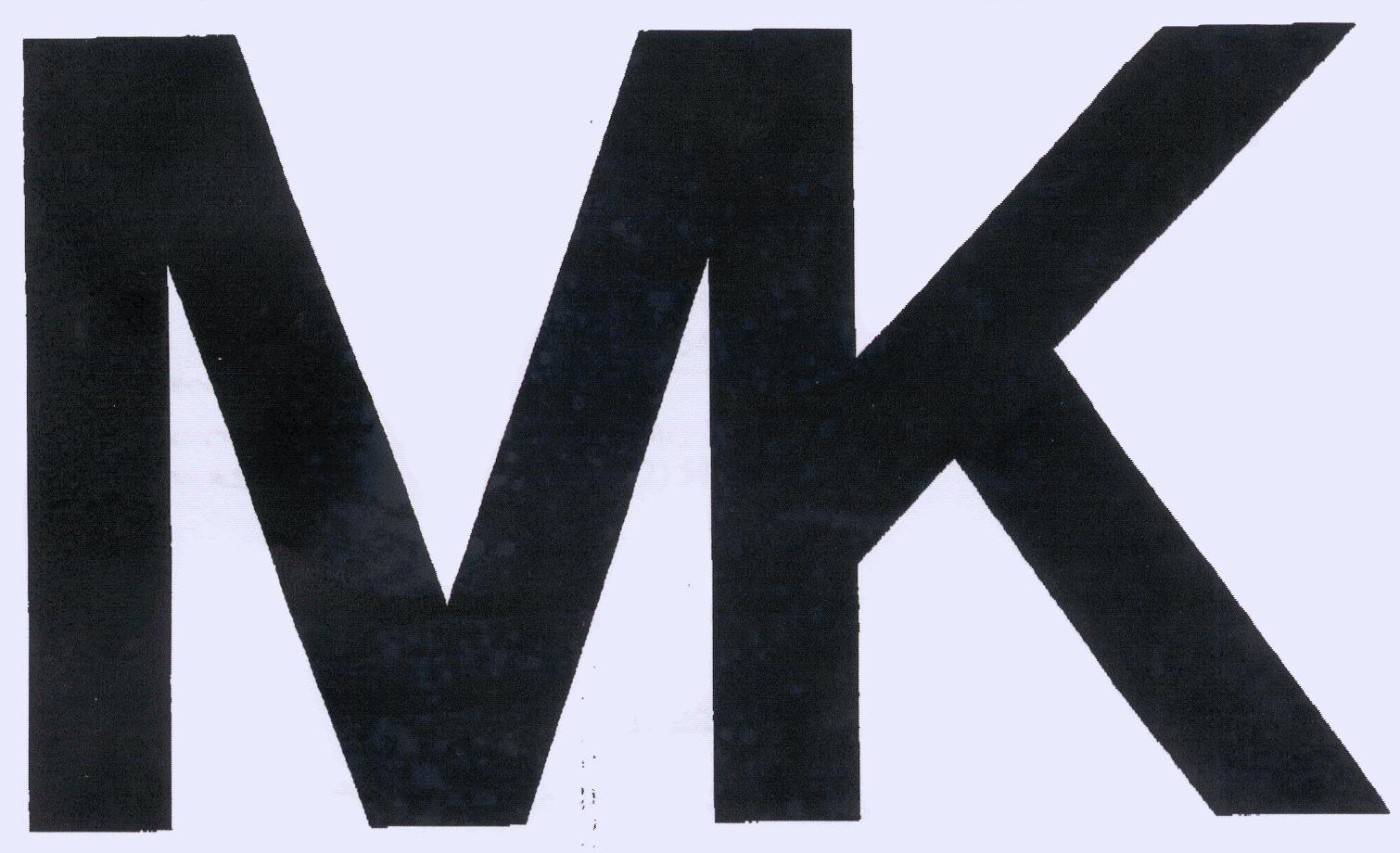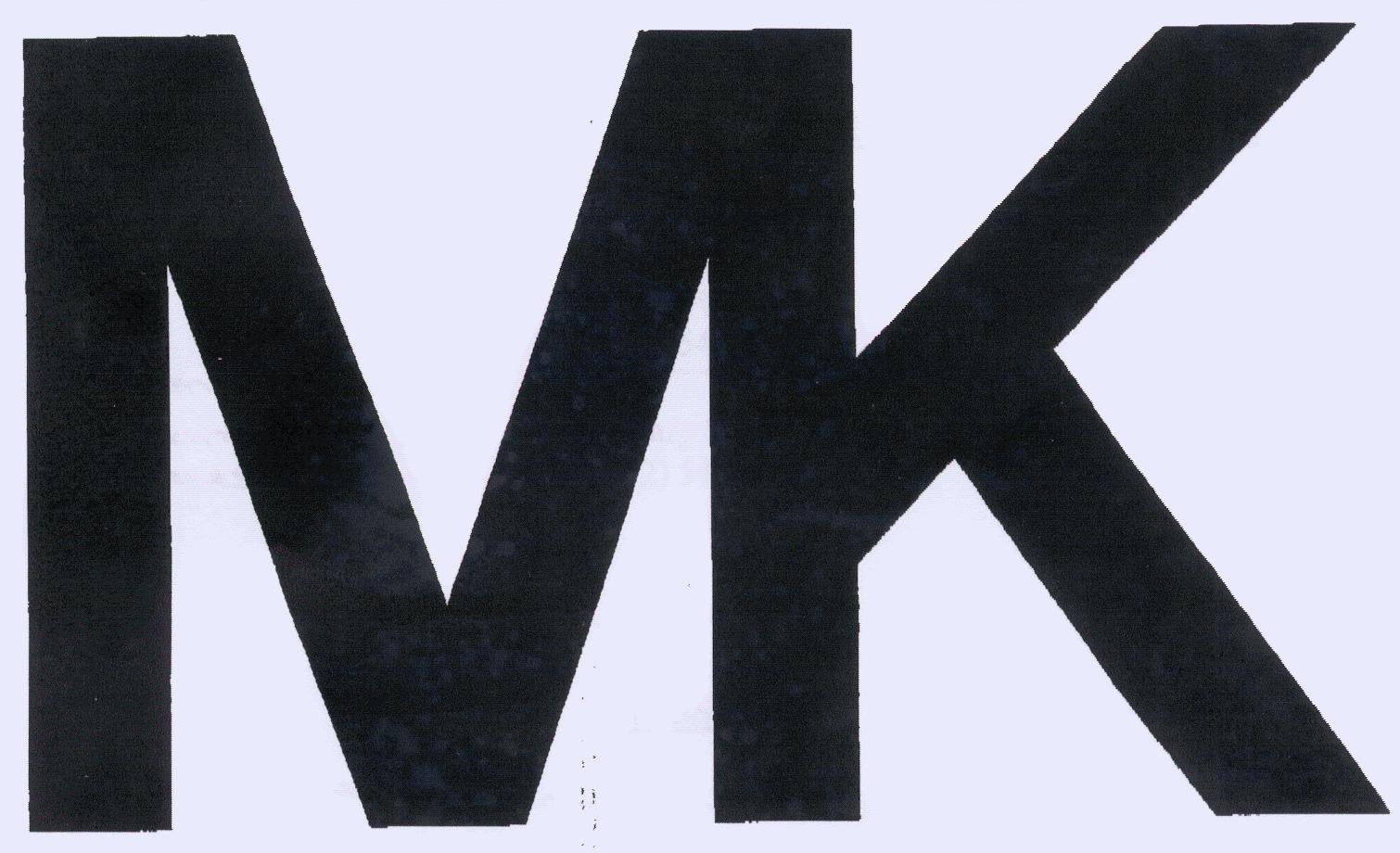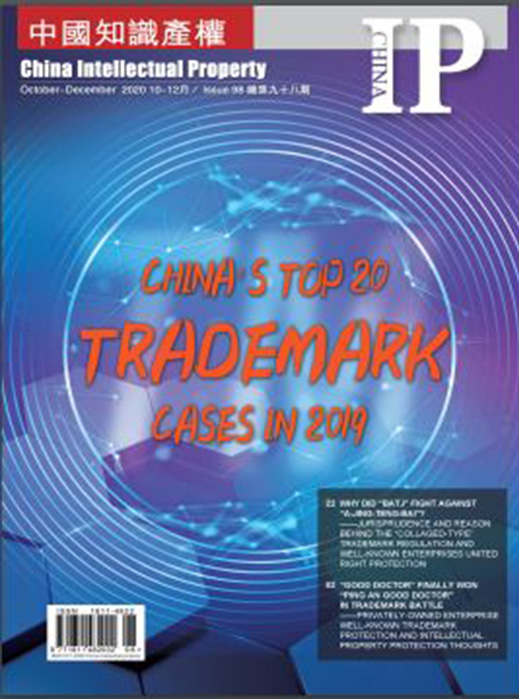First-instance case number: (2017) Zhejiang 01 Preliminary Civil Judgement No. 27
Second instance case number:(2018) Zhejiang Final Civil Judgement No. 157
When judging whether a trademark constitutes reverse confusion, the essential attributes of trademark rights and the general principles of trademark infringement judgment cannot be separated. The strength of protection of trademark rights should be proportional to the distinctiveness and popularity of the trademark. In the case where the reputation of the accused logo is higher than that of the right trademark, the right to ban the trademarks with weak distinctiveness and low reputation should be limited to a smaller scope. At the same time, the reputation of the accused logo should not be taken into account as a factor for consideration of the likelihood of confusion, in other words, it is wrong to conclude that trademark constitute reverse confusion simply because of the low reputation of the right trademark and the high reputation of the accused one. Otherwise, the less-known trademark will be more likely to be protected by the law, which departs from the legislative purpose of Trademark Law.
Case introduction
Appellant (plaintiff in the original trial): Jianfa Handbag Craft Factory (referred to as Jianfa Factory), Chenghai District, Shantou City.
Appellees (defendants in the original trial): Michael Kors Trading (Shanghai) Co., Ltd. (referred to as Michael Kors Shanghai), Michael Kors Switzerland International Co., Ltd. (referred to as Michael Kors Switzerland), Zhejiang Intime Department Store Co., Ltd. (referred to as Intime Company), Beijing JD.com, Inc (referred to as JD.com)
Jianfa Factory is the owner of the trademark No. 1244366 " ", which is approved for use in the 18th category of travel bags and suitcases. Michael Kors Shanghai and Michael Kors Switzerland use the "mk" "MK" "
", which is approved for use in the 18th category of travel bags and suitcases. Michael Kors Shanghai and Michael Kors Switzerland use the "mk" "MK" " " "
" " " "
" " " signs on the product metal buckles and corresponding product advertisements and brochures.
" signs on the product metal buckles and corresponding product advertisements and brochures.
Jianfa Factory believed that the above-mentioned actions of the two companies have caused confusion and misunderstanding among the relevant public (not only misunderstanding the products of the two companies as products produced by Jianfa Factory, but also misunderstanding that the goods of Jianfa Factory using the trademark involved in the case come from the two companies), which constituted trademark infringement. The sales of the alleged infringing products by Intime Company and JD.com also constituted infringement. Therefore, Jianfa Factory sued the above four companies to the Intermediate People's Court of Hangzhou City, Zhejiang Province, requesting an order for the four defendants to stop the infringement, compensate the losses and eliminate the impact.
The court held at first instance that the reverse confusion claim of Jianfa Factory could not be established, and therefore made a first-instance judgment: rejecting Jianfa Factory's claim. Jianfa Factory refused to accept the judgment and appealed to the Zhejiang Higher People's Court.
The court held at second instance that: for the determination of reverse confusion, in the case where the accused logo is more famous than the right trademark, the same judgment rules as forward confusion should also be applied, and the strength of protection of trademark rights should be proportional to the distinctiveness and popularity of the trademark. For trademarks with weak distinctiveness and low popularity, the ban should be set to a smaller scope, otherwise it may lead to the consequence that the less distinctive and less well-known trademarks are more likely to constitute reverse confusion and obtain legal protection, which is contrary to the legislative purpose of Trademark Law.
The trademark involved in the case has weak inherent distinctiveness, consisting of only the two letters "m" and "k". The font is not much different from ordinary lowercase letters and lacks recognizable meaning. Therefore, when comparing with the alleged infringing logo, more attention should be paid to the differences in the font design of its " " "
" " " "
" " " trademarks. The trademark in question has also failed to achieve strong distinctiveness and popularity through subsequent use, and Jianfa Factory has not only failed to regulate the use of its trademark involved in the case after 2015, but has instead used a logo similar to the accused infringing logo "
" trademarks. The trademark in question has also failed to achieve strong distinctiveness and popularity through subsequent use, and Jianfa Factory has not only failed to regulate the use of its trademark involved in the case after 2015, but has instead used a logo similar to the accused infringing logo " " on its goods, deliberately approaching the accused mark and actively seeking to cause confusion in the market. The letters in the infringing mark are the initials of "MICHAEL KORS", while Michael Kors Shanghai and Michael Kors Switzerland marked "MICHAEL KORS" when using the infringing trademark, making the relevant public able to correlate the two and make a correct distinction between the sources of the goods. From the current state of the market, this would not cause confusion and misunderstanding among the relevant public.
" on its goods, deliberately approaching the accused mark and actively seeking to cause confusion in the market. The letters in the infringing mark are the initials of "MICHAEL KORS", while Michael Kors Shanghai and Michael Kors Switzerland marked "MICHAEL KORS" when using the infringing trademark, making the relevant public able to correlate the two and make a correct distinction between the sources of the goods. From the current state of the market, this would not cause confusion and misunderstanding among the relevant public.
In addition, as for the "mk" and "MK" of the five accused trademarks, although the two are used as the initial letter combination of "MICHAEL KORS", they are only used in some occasions, like in the official website link title and WeChat customer service text messages, and they are all used simultaneously with the full name. So the court did not determine that the two logos are confusingly similar to the right trademark, but after all, "mk" and "MK" are very close to " " in terms of constituent elements. Therefore, the court of second instance requested Michael Kors Shanghai and Michael Kors Switzerland shall no longer use the “mk” and “MK” logos in the future, and at the same time, when using the “
" in terms of constituent elements. Therefore, the court of second instance requested Michael Kors Shanghai and Michael Kors Switzerland shall no longer use the “mk” and “MK” logos in the future, and at the same time, when using the “ ” and “
” and “ ” logos, “MICHAEL KORS” and other distinguishing logos shall be attached, so as to clearly distinguish the boundary of rights between each logo.
” logos, “MICHAEL KORS” and other distinguishing logos shall be attached, so as to clearly distinguish the boundary of rights between each logo.
In summary, the court ruled in the second instance: to reject the appeal and uphold the original judgment.
Typical meaning
The reverse confusion system, like the forward confusion, is based on the normal perform of protection of trademark identification, However, the law in China does not clearly stipulate the identification standards of reverse confusion, and the understanding in judicial practice is not unified, resulting cases involving reverse confusion has become a hot topic of discussion in the academic and judicial circles in recent years.
The judgment in this case elaborated on the standard for determining reverse confusion, emphasizing that the basic principle that the protection of trademark should be proportional to its distinctiveness and popularity, which has a strong reference significance for handling similar cases.
This case was also selected as one of the “2017 Top Ten Most Research Value Intellectual Property Adjudication Cases in China”.




